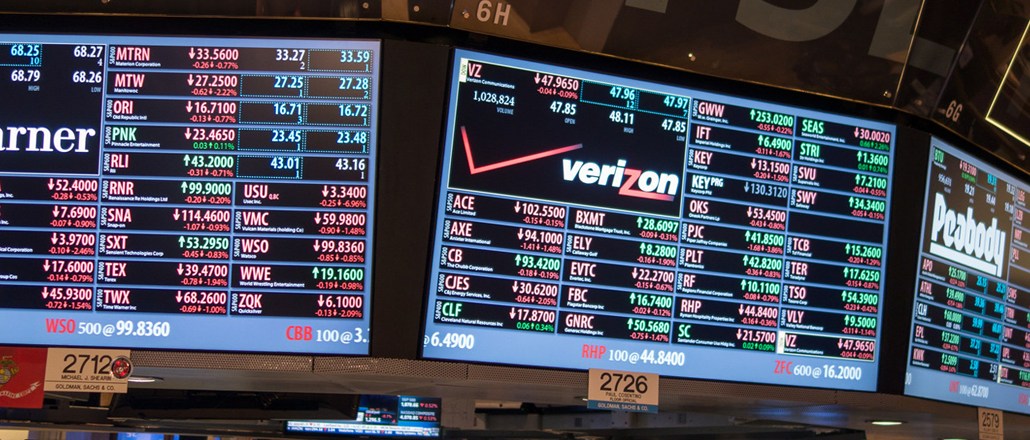
Header bidding, the industry obsession du juor, has quickly become an enticing gambit for publishers looking to squeeze more revenue out of their inventory. But that doesn’t mean they’re willing to look past the tech’s faults.
With header bidding, publishers can combine demand for the inventory from both direct and indirect buyers in a single unified auction. This lets them make more money for their space because all demand partners are bidding at the same time.
But with that approach comes the risk of slowing down publishers’ pages. To implement header bidding, publishers add a line of Javascript to the header portion of their sites’ HTML. That can add more time to page-load, depending on how many header-bidding partners a publisher decides to work with.
That’s a hard sell today. Publishers and their ad tech partners are already getting slapped around for creating website experiences bogged down by ads and JavaScript calls. And users have responded by blocking ads and those scripts entirely.
Ad position: web_incontent_pos1
“The risk is that the very thing you’re trying to accomplish with header bidding gets negated once you implement it,” said Tribune Publishing head of programmatic Lori Tavoularis. ”You’re trying to get more scale and people to see your site, but more latency can lead to fewer impressions and less viewability. That’s a challenge balancing that.”
Such is one of the major technical challenges that face publishers looking to implement header bidding, which is far more complex than just adding a few lines of code to a site’s backend. Beyond just the basic technical aspects, publishers also have to consider how header bidding fits into their overall ad-deal flow and figure out which and how many header bidders to work with.
Ad position: web_incontent_pos2
“You have to put a lot of tech into using a header bidder, and a lot of publishers may not have the tech resources to do it or understand it,” said Business Insider vp of programmatic and data strategy Jana Meron. “It’s a lot.”
This is why publishers say that it’s important to chose the right header-bidding partner, which will be able to actively support publishers as they implement the tech. The challenge isn’t in introducing header-bidding support — as the likes of Index Exchange, Yieldbot and AppNexus have all done — but in giving publishers the right level of support. Some header-bidder tech providers want to just “give us some JavaScript and tell us to stick it on the page and be done,” Tavoularis said.
Publishers are also concerned about how header bidding might leak data about their audience to their partner bidders, who can then use what they learn to buy access to that audience for cheaper elsewhere. It’s a data-leakage concern shared by both publishers and brands, which should give publishers pause before they rush to adopt header bidding, said Matt Prohaska, CEO of Prohaska Consulting .
“Header bidding looks great monetarily, but a lot of publishers are waking up to the fact that there’s a bit of a ‘seller beware’ element to this pitch,” he said.
Photo: Flickr/Scott Beale
More in Media

NewFronts Briefing: Samsung, Condé Nast, Roku focus presentations on new ad formats and category-specific inventory
Day two of IAB’s NewFronts featured presentations from Samsung, Condé Nast and Roku, highlighting new partnerships, ad formats and inventory, as well as new AI capabilities.

The Athletic to raise ad prices as it paces to hit 3 million newsletter subscribers
The New York Times’ sports site The Athletic is about to hit 3 million total newsletter subscribers. It plans to raise ad prices as as a result of this nearly 20% year over year increase.

NewFronts Briefing: Google, Vizio and news publishers pitch marketers with new ad offerings and range of content categories
Day one of the 2024 IAB NewFronts featured presentations from Google and Vizio, as well as a spotlight on news publishers.
Ad position: web_bfu





